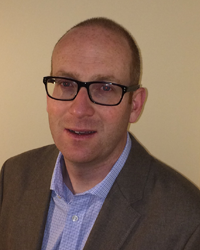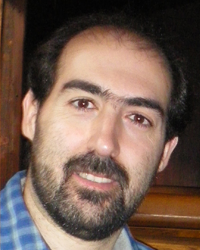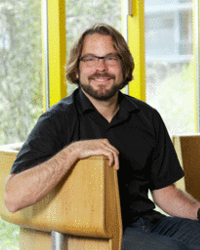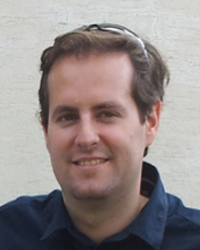 Affiliation: Trinity College Dublin, IR
Affiliation: Trinity College Dublin, IR
Keywords: Molecular science, Inorganic and bioinorganic chemistry, Coordination chemistry, 2D nanomaterials, Reaction mechanism elucidation
Full profile:
Aidan hails from Dublin, Ireland. He obtained a first class honours degree in Chemistry from Trinity College Dublin, the University of Dublin, in 2002. From 2003 until 2008 he performed Ph.D. research in Organometallic Chemistry in the group of Prof. Dr. Gerard van Koten at Utrecht University, The Netherlands. From 2008 until 2012 he was a Postdoctoral research fellow in Bioinorganic Chemistry in the group of Prof. Lawrence Que, Jr., at the University of Minnesota, USA. In 2012 Aidan was appointed as an Assistant Professor in Inorganic Chemistry at Trinity College Dublin, and was recently (2017) promoted to Associate Professor. Aidan was the holder of a National Institutes of Health Ruth L. Kirschstein Fellowship (2009-11) and was previously a Marie Curie Career Integration fellow (2013-17). In late 2015 Aidan was awarded an ERC starting grant, and in late 2016 a Royal Society University Research Fellowship.
Aidan’s research group’s interests revolve around the multidisciplinary field of Bioinorganic Chemistry. His groups strives to prepare highly reactive oxidants for the up-conversion of saturated hydrocarbons. His group also explores the Chemistry of 2-dimensional nanomaterials.
















